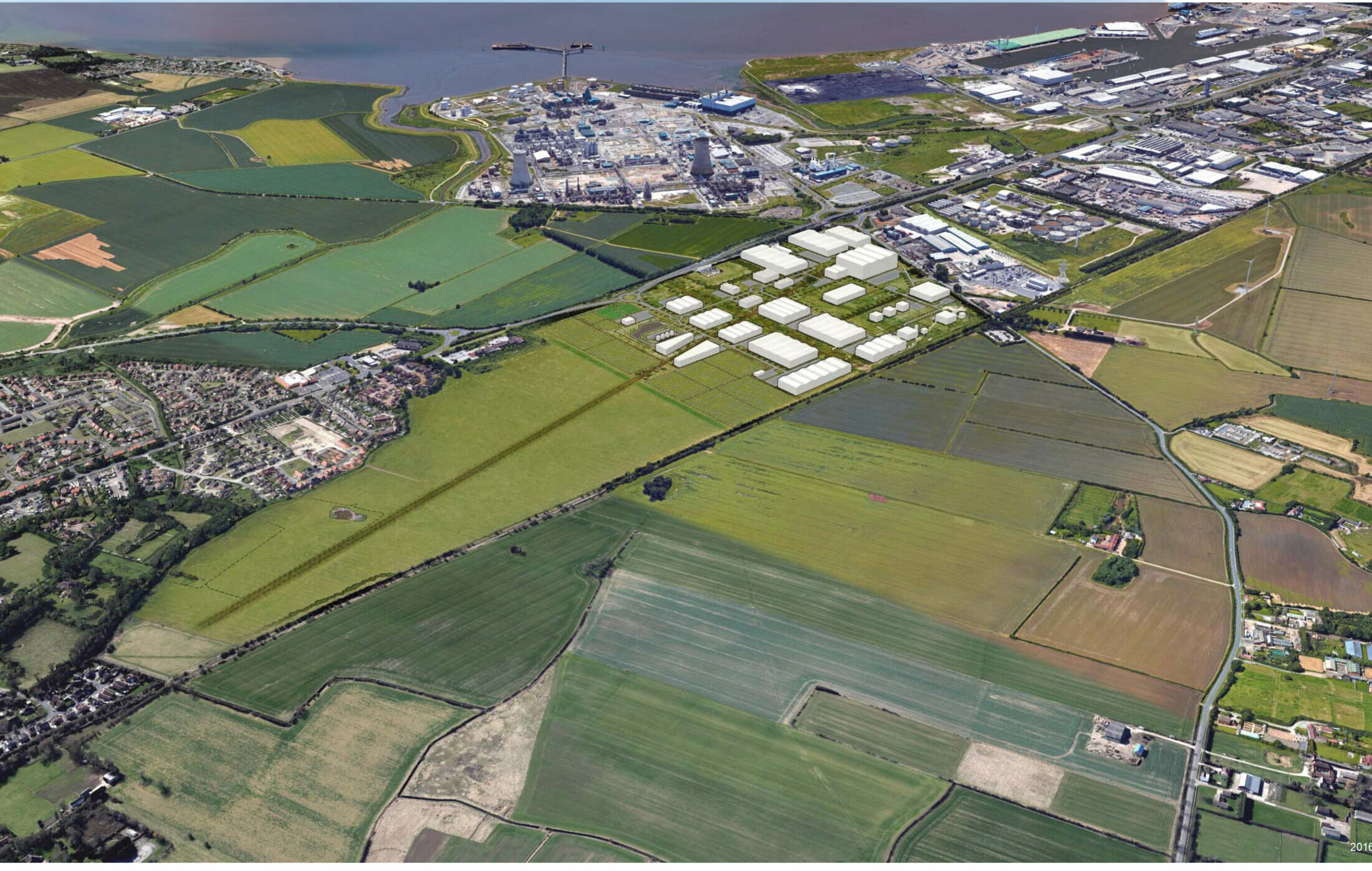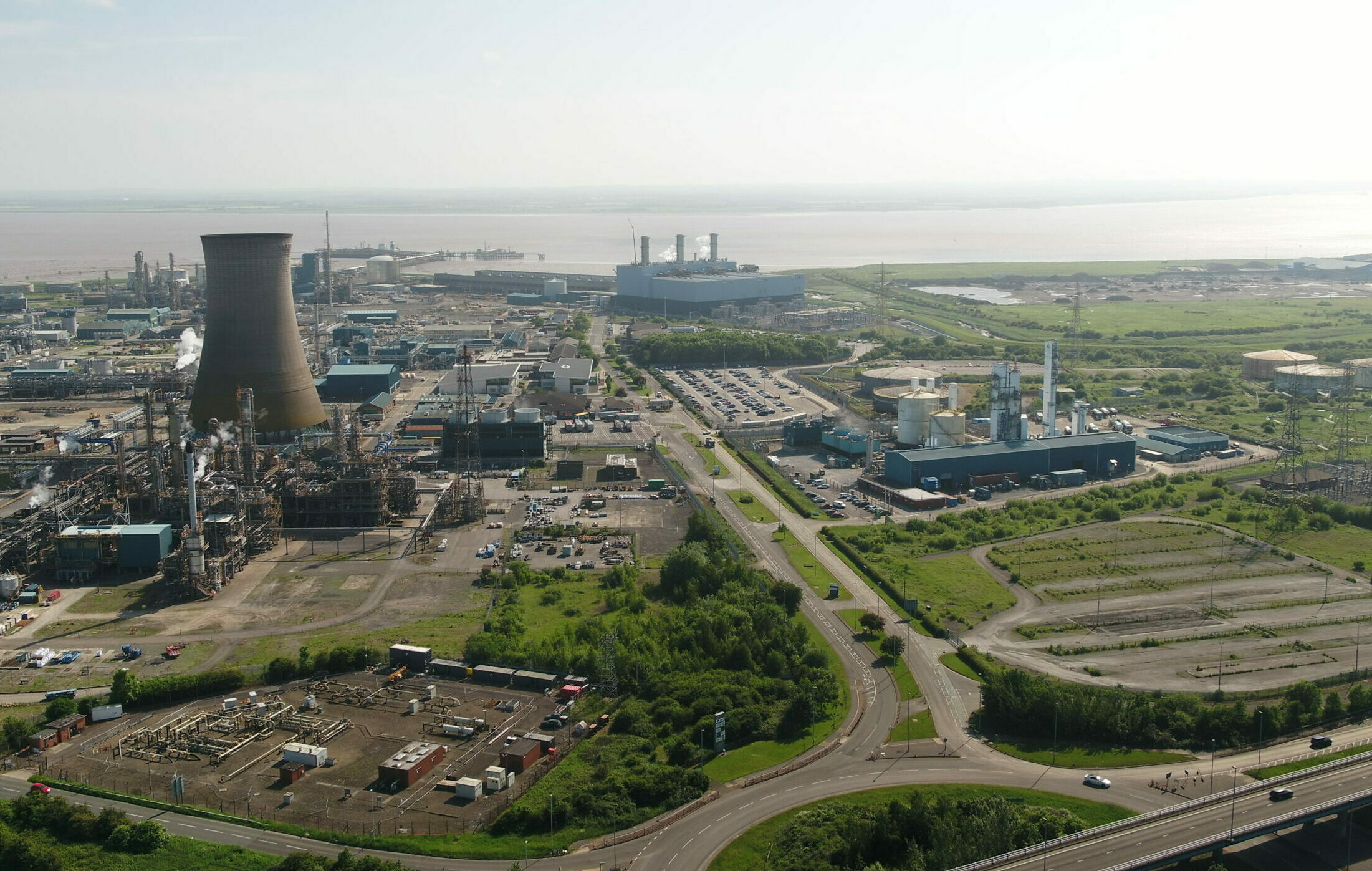Humber Freeport - Hull East
The Hull East tax site takes in several different parcels of land. They are ABP’s Humber International Enterprise Park, the Yorkshire Energy Park, Saltend Chemicals Park and eastern portion of the Port of Hull.
Hull East will be host to a new hydrogen plant bringing the opportunity to decarbonise Saltend Chemicals Park and create exportable surplus of hydrogen and decarbonised chemical products. It is also home to The Yorkshire Energy Park which offers immediate developable opportunities including incubation spaces.
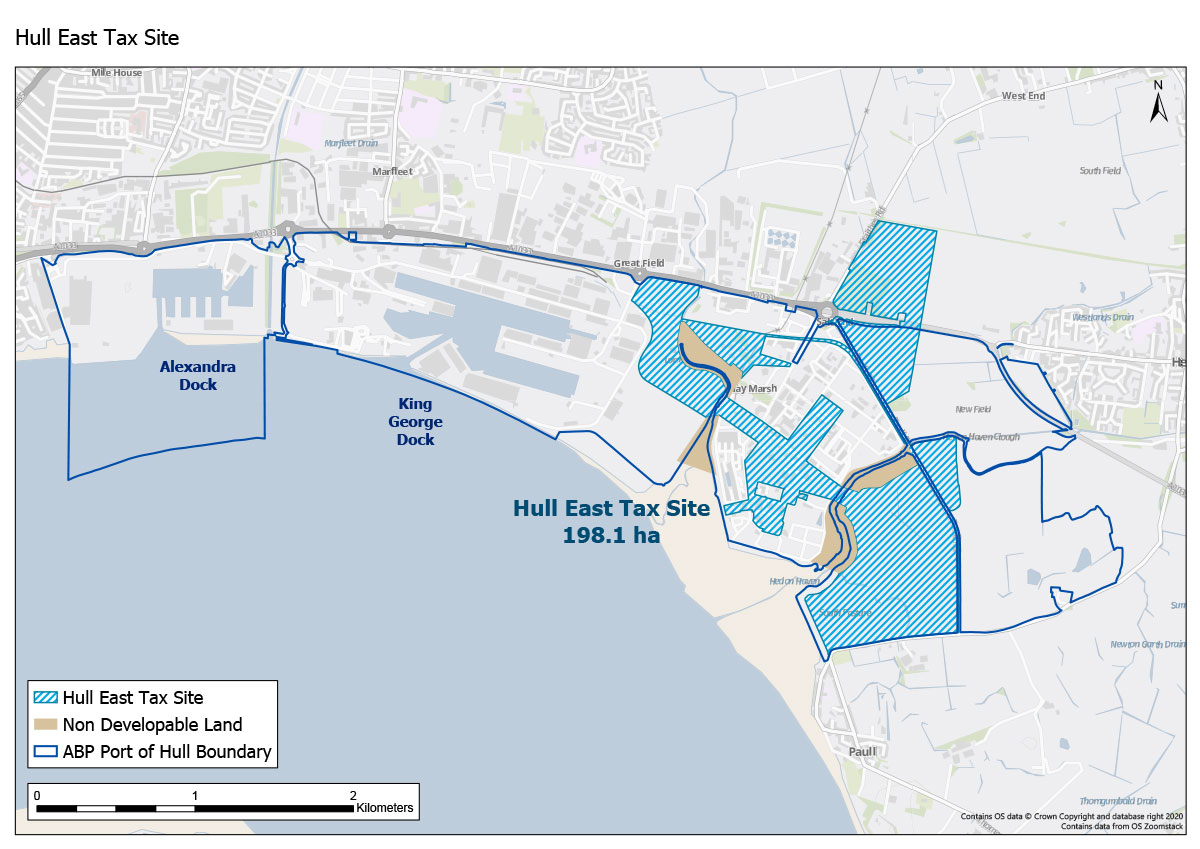
Yorkshire Energy Park
Yorkshire Energy Park is a next generation energy and technology business park. It is an 86 hectare site with 30.4
hectares land available within the tax site. A £200m investment, the project will attract inward investment from the energy, data, technology and manufacturing sectors. Providing resilient, clean energy for its occupiers, alongside data resilience and superfast broadband, Yorkshire Energy Park is a compelling offer and one that has attracted significant interest from both funders and occupiers, nationally and internationally.
The scheme has the potential to create up to 4,480 jobs, along with apprenticeship and training opportunities for local people. Energy partners, Vital Energi, are a highly regarded national decarbonisation, energy generation and distribution company who will lead the park’s energy strategy as part of the vision to become one of the first zero carbon business parks in the UK.
Saltend Chemicals Park
The 150-hectare Saltend site (56.3 hectares of which is within the Humber Freeport tax site) stands as a pivotal cornerstone within the UK’s industrial landscape, offering world-class chemical, process and energy business that continues to see ongoing investment in facilities.
Operating as an interconnected site for various chemical manufacturers and industrial producers developing the world’s first renewably-powered rare earth metal processing hub, the park facilitates an environment where on-site partners can prosper from the integration of feedstock and utilities. This grants them access to a host of shared benefits, fostering an ecosystem of mutual growth and collaboration. Leveraging a highly efficient Plug & Play model, occupiers gain convenient access to critical utilities such as power and water ‘through the fence,’ enabling them to streamline their focus on core business operations without the added complexity of managing multiple utility providers.
Since its formation as a multi-user chemical park, key tenants have invested around £600m in infrastructure with further investment expected from tenants and new site partners.
Humber International Enterprise Park
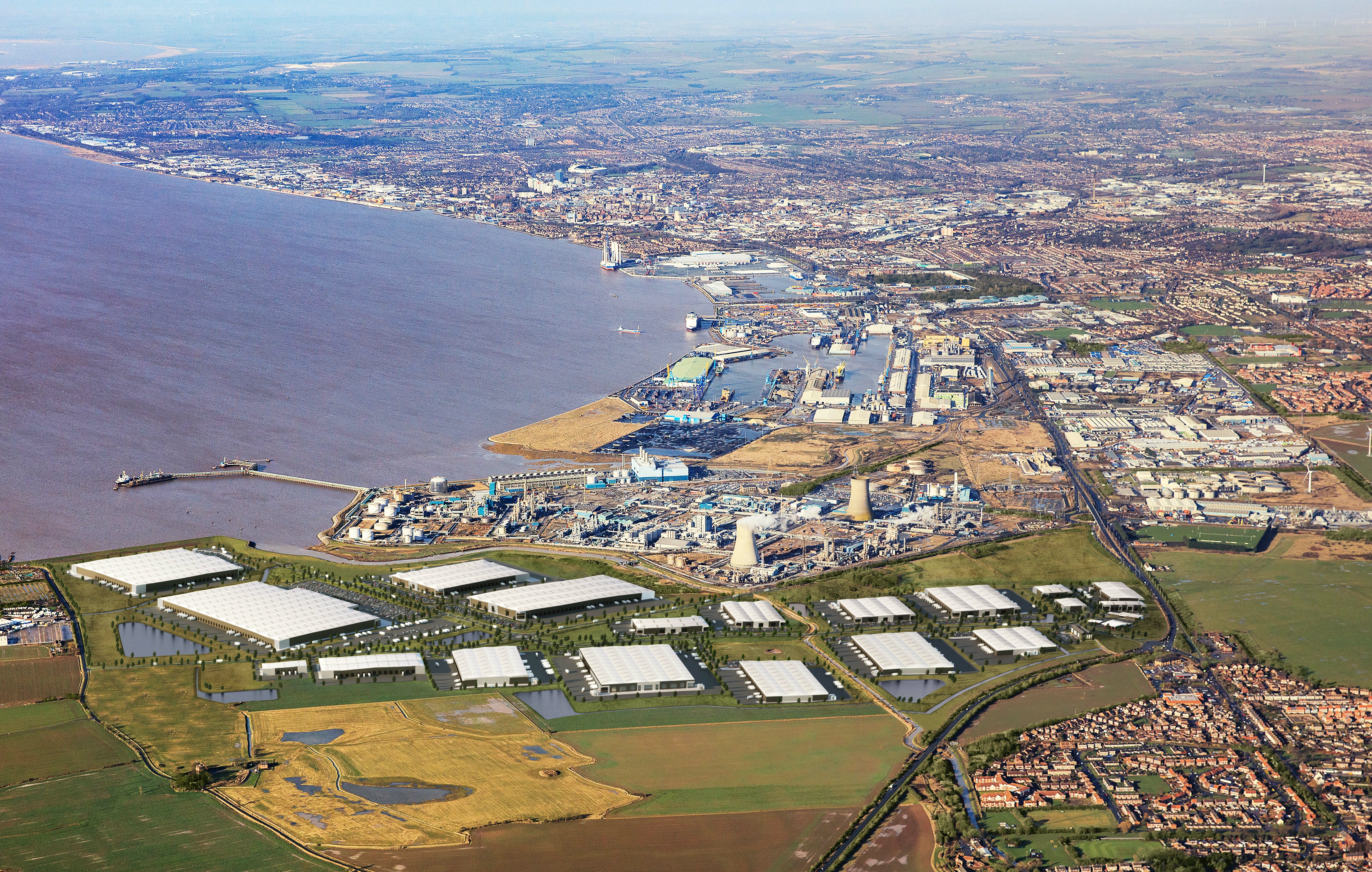
Humber International Enterprise Park is one of a number of development sites that are ideally suited to port-centric manufacturing and logistics uses. It is a prime development site situated at the heart of Port of Hull’s estate. The site has the potential to deliver 100+ MVA. Associated British Ports continues to explore both solar and wind power energy generation for the site and the opportunity to bring renewable power from the adjacent Saltend Chemicals Park.
The site has an area of circa 183 hectares of development land with potential quayside access to the Port of Hull via a dedicated rail/road link connecting the site into the respective UK networks. The port boasts the UK’s first fully-enclosed cargo handling facility for all-weather working on sensitive cargoes such as steel and bagged products, and has a range of terminals, facilities and services. As well as containers, ferry and roll-on, roll-off cargo, Hull specialises in handling forest products and a range of bulk commodities.
In total, Associated British Ports has 110.2 hectares of land within the Hull East tax site.
Port of Hull (Eastern End)
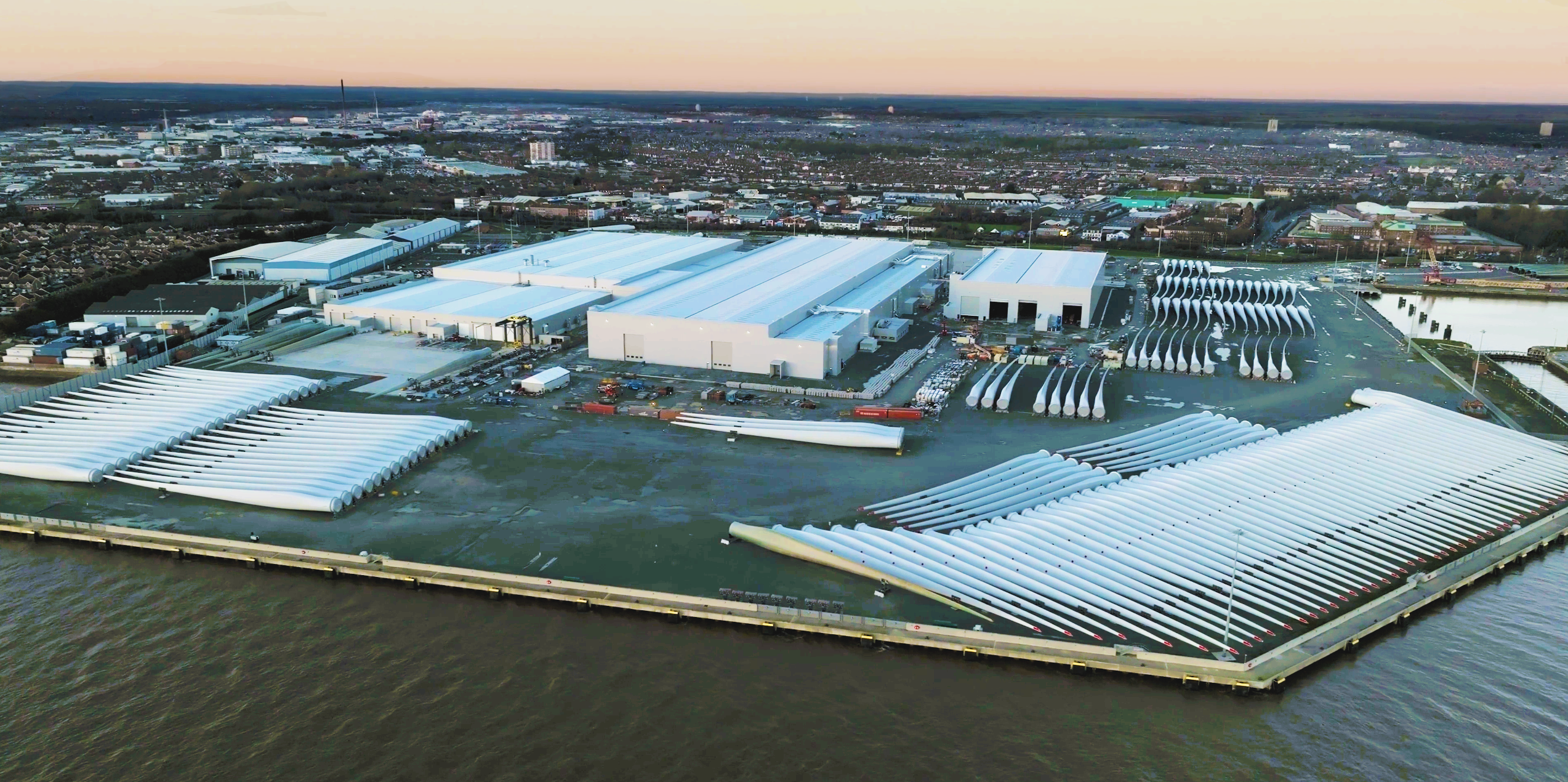
Port of Hull (Eastern End) tax site comprises 33.5 hectares within the operational port area spanning Alexandra, King George and Queen Elizabeth Docks.
At Alexandra Dock, together with development partner Associated British Ports, Siemens Gamesa has invested £310m in a state-of-the-art offshore wind turbine blade manufacture, assembly and servicing facility, directly creating over 1,000 new local jobs and many in the supply chain. They have built over 2500 blades in Hull and are powering 6.7 million homes.
Siemens Gamesa is the leading supplier of offshore wind technology and, to meet the need of this flourishing industry, has doubled the size of the factory within the Port of Hull tax site, with a further £186m investment to produce the 108m blades and creating 300 new jobs. The facility also boasts extensive lay down and storage areas
and a dedicated 600m deep water quay to serve the offshore energy and marine sectors.
How do existing local
businesses benefit?
We will know more about this as details emerge. However, it is the intention to incentive new investors to the area to use local suppliers, to boost existing businesses across the Humber. Businesses will also benefit from the general uplift in economic activity in the area catalysed by the freeport.
How can my land be added
as a tax site or customs site?
It is our ambition that if Humber Freeport is successful it will grow over time. However, it will take Government approval to add new sites. We hope new Government guidance on this will be made available in the future to help guide how sites can be expanded.


